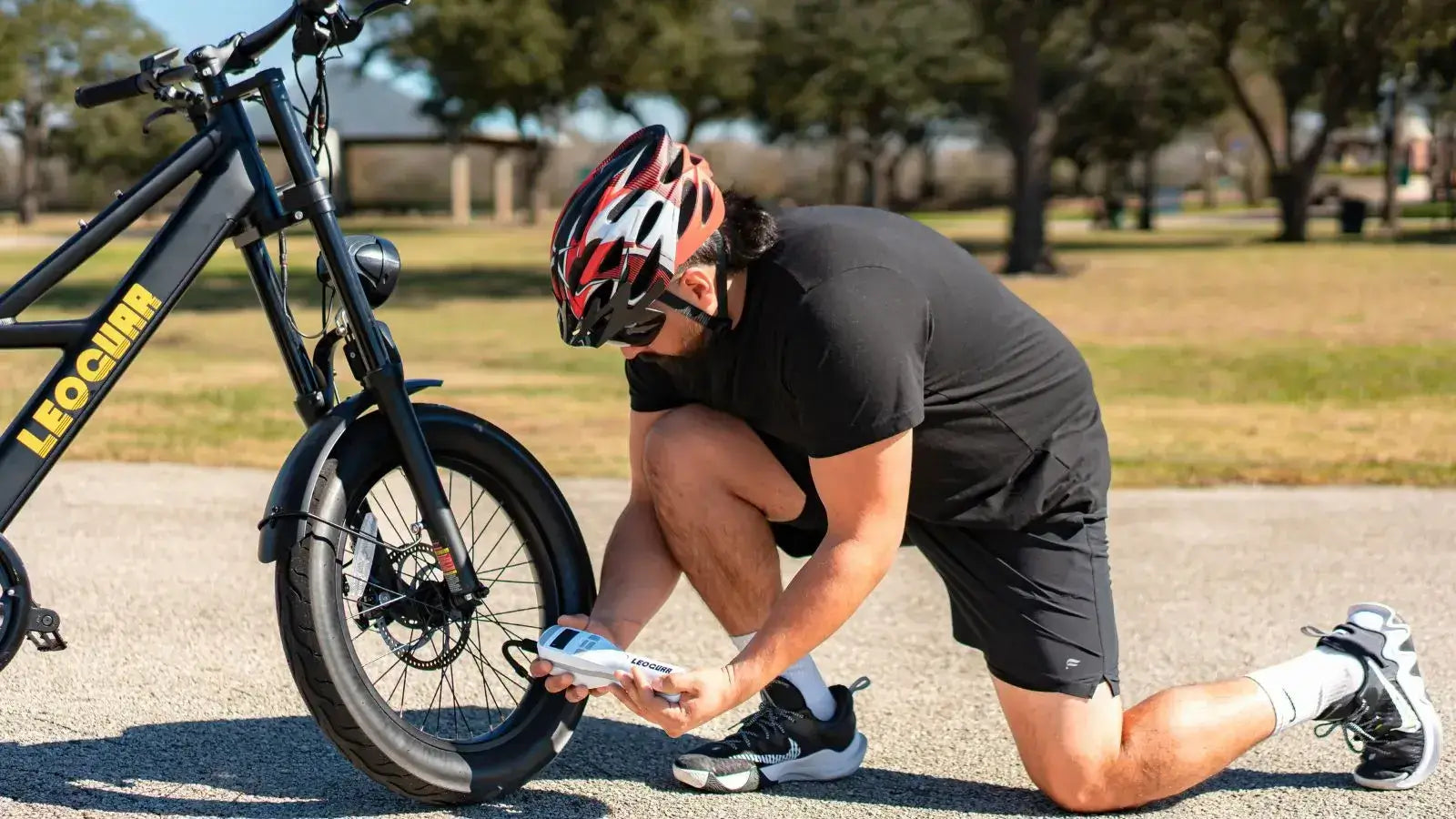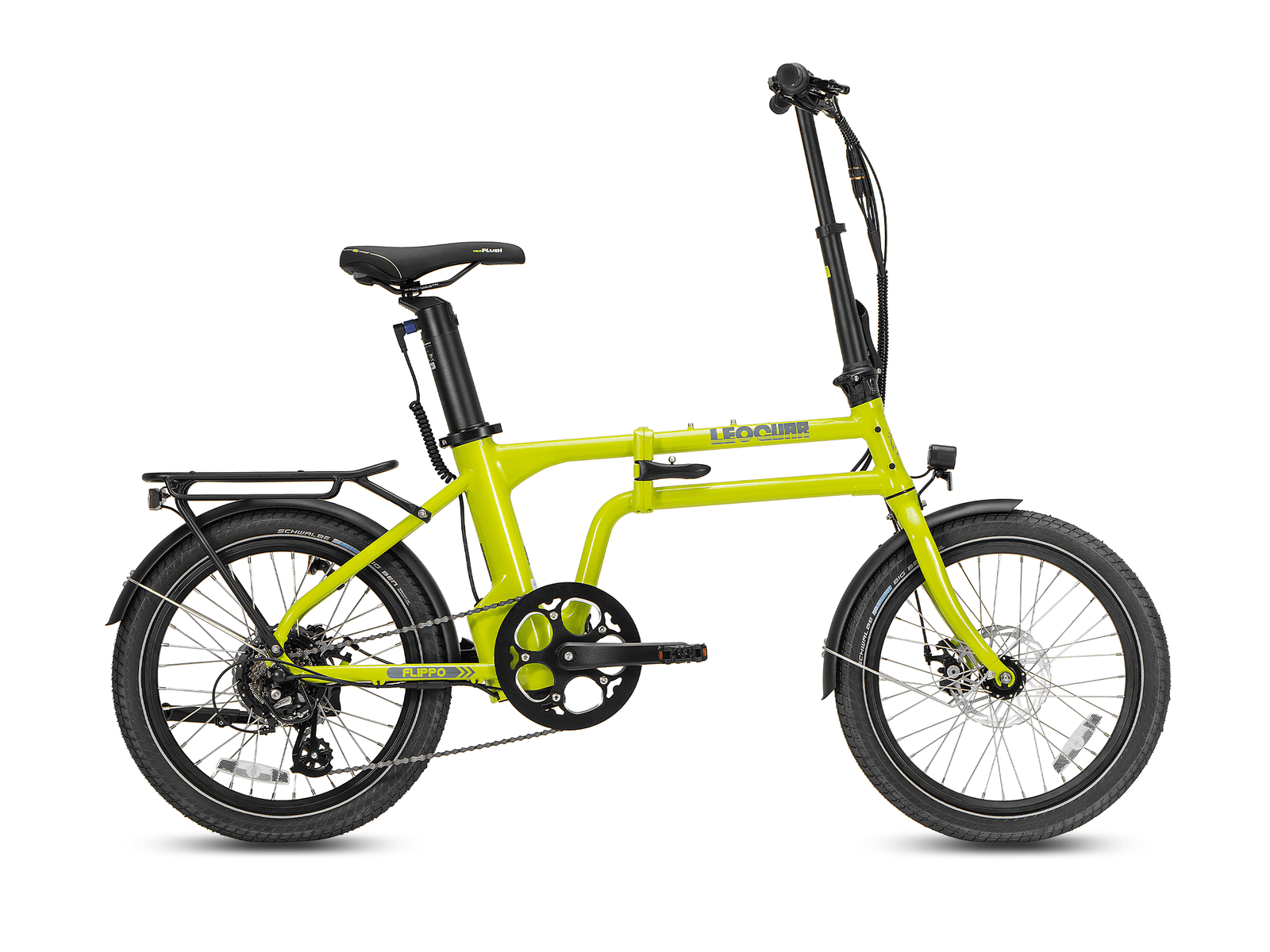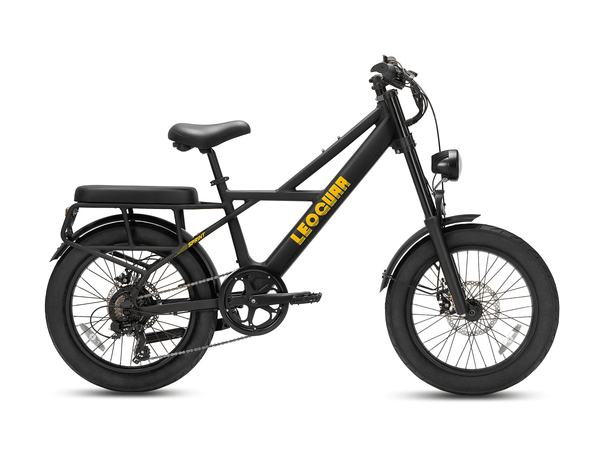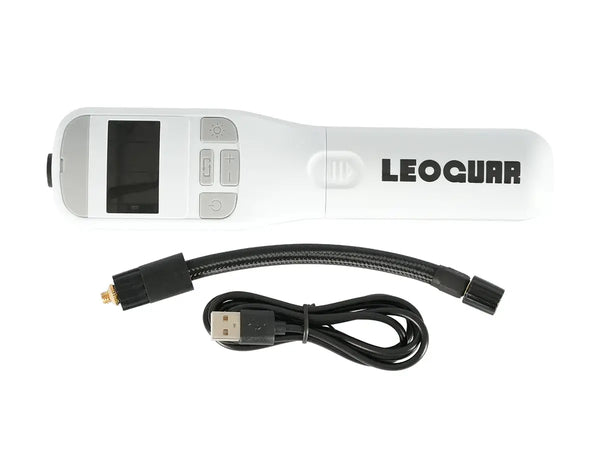
Choosing the Best Bike Pump? Don’t Make These 5 Common Mistakes
Don't Ignore Valve Types
This is the biggest mistake you can make. Buying a pump that doesn't fit your tire's valve is like buying a key for the wrong lock. Your bike will almost certainly have one of two valve types: Presta or Schrader. Presta valves are thin and typically found on road, gravel, and higher-end mountain ebikes. They have a small nut at the tip that you must unscrew before you can inflate the tire.
Schrader valves are identical to those on a car tire—wider, with a spring-loaded pin in the center. They are common on hybrid bikes, cruisers, kids' bikes, and some mountain bikes. A pump's head, or "chuck," must match your valve. Some pumps have heads made for just one type. Others have dual-heads with separate ports for each valve. The most convenient are "smart" or universal heads that automatically work with either Presta or Schrader. Before you buy, check your tire. As leading cycling publications often highlight, knowing your bike valve type is the first step you can't skip.
| Feature | Presta Valve | Schrader Valve |
|---|---|---|
| Appearance | Thin, with a small locknut at the tip | Wider, with a spring-loaded pin in the center |
| Commonly Found On | Road bikes, gravel bikes, some mountain bikes | Hybrid bikes, cruiser bikes, kids' bikes, cars |
| How to Use | Unscrew locknut before inflating | Press pump head on and inflate |
Don't Choose the Wrong Pump Type
The best bike pump for a home workshop is a terrible choice for a long-distance tour. Your primary riding style decides the type of pump you need most.
The Home Mechanic: Floor Pumps
A floor pump (or track pump) is the cornerstone of any cyclist's toolkit. It's designed for at-home, pre-ride inflation. With a large air chamber, a stable base you stand on, a long hose, and a large, easy-to-read pressure gauge, it's all about speed and accuracy. There's a deep satisfaction in the smooth, powerful thump-thump-thump of a quality floor pump as it brings your tires to the perfect pressure in under a minute. It is the single best tool for maintaining proper tire pressure, which extends tire life and improves ride quality. For day-to-day use, nothing beats it.
The Roadside Savior: Mini Pumps
A mini pump is your get-out-of-jail-free card. It's small and light enough to fit in a jersey pocket or attach to your bike frame. Its sole purpose is to get you back on the road after a puncture. But there's a trade-off. What you gain in portability, you lose in efficiency.
We've all been there: hunched over on a cold, windy roadside, frantically working a tiny pump for what feels like forever, arms burning, just to get enough air (maybe 60 PSI) to limp home. It's not fun, but it beats walking. A good mini pump is essential for any ride that takes you away from home.
The Racer's Edge: CO2
For competitive cyclists or those on a fast group ride, speed is everything. A CO2 inflator is the answer. These tiny devices use a small, pressurized cartridge to inflate a tire in seconds. It's an explosive burst of air that gets you back in the race with minimal downtime. The downsides are significant: each cartridge is single-use, creating waste. It's also difficult to control the pressure, and the rapid expansion of the gas makes the chuck very cold. They are an expensive and less environmentally friendly way to fix a flat, best saved for true emergencies or competitive situations.
The Modern Convenience: Electric
The newest category is the portable electric pump. These rechargeable, handheld devices offer ultimate convenience. You simply set your desired PSI on a digital screen, attach the hose, and press a button. The pump does the rest, shutting off automatically when the target pressure is reached.
They are a fantastic option for riders who struggle with the physical effort of a manual pump or those who love the precision of a digital setup. The downsides are cost, the need to keep them charged, and the fact that some models can be slower and louder than a good floor pump. Still, the growing trend towards electric inflators shows how much cyclists value their set-it-and-forget-it convenience.
Don't Confuse Pressure vs. Volume
A common technical error is focusing only on a pump's maximum PSI rating while ignoring its air volume. The two are equally important and are determined by your tire type. High Pressure (PSI) is for skinny tires. A road bike tire needs high pressure (80-120 PSI) but has a small internal volume.
A pump designed for high pressure (HP) will have a narrow barrel, making it easier to reach those high numbers without huge physical effort. High Volume (Air Volume) is for wide tires. A mountain bike, gravel, or fat ebike tire runs at a much lower pressure (20-50 PSI) but contains a huge volume of air. A high-volume (HV) pump has a wide barrel that pushes a large amount of air with each stroke, filling the tire quickly.
Using the wrong type is deeply frustrating. Trying to inflate a 2.5-inch mountain bike tire with a high-pressure road mini-pump will take hundreds of strokes and leave you exhausted. Conversely, trying to get a road tire to 100 PSI with a high-volume MTB pump can be physically impossible, as the force required on the handle becomes too great.
Typical pressure ranges:
- Road Bikes: 80-120 PSI
- Gravel Bikes: 30-50 PSI
- Mountain Bikes (MTB): 20-40 PSI
- Hybrid/Commuter Bikes: 50-70 PSI
Look for a pump that matches your discipline. As you'll see in mountain bike specific reviews, volume delivery is often prized over a sky-high PSI rating. Some of the best rated bicycle pumps even offer a switchable HV/HP mode, giving you the best of both worlds.
Don't Overlook Build Quality
A pump's spec sheet only tells half the story. The features that determine long-term satisfaction are build quality and ergonomics—how the pump feels and performs in your hands. This is where a cheap pump reveals its flaws and a quality pump proves its worth. We've experienced the difference firsthand.
A cheap pump often has a wobbly plastic base that flexes and threatens to tip over with every stroke. Its handle is thin plastic that digs into your palms. The gauge is small, at the base, forcing you to squint to read it. Worst of all is the pump head, or chuck. A bad chuck creates a constant battle—it's hard to press on, leaks air with a frustrating hiss, or requires a three-handed wrestling match to remove, sometimes ripping the valve stem in the process. A quality pump is a joy to use.
- The Pump Head: It connects smoothly and securely with a satisfying click. The lever is ergonomic and locks down firmly, creating a perfect seal with zero leakage.
- The Gauge: It is large, clear, and often mounted at the top of the barrel for easy reading. The markings are precise, giving you confidence in your pressure.
- Handle and Base: The handle is wide, often with comfortable wood or rubber grips. The base is a wide, stable platform made of steel or aluminum, anchoring the pump solidly to the ground.
- Serviceability: Great pumps are built to last a lifetime, not a season. Brands like Silca, Lezyne, and Topeak offer replacement parts like gaskets, hoses, and chucks.
This means a simple worn-out part doesn't turn your entire pump into landfill-bound junk. A pump is a tool, and good tools are serviceable.
Don't Fixate on Price
In the search for the best bike pump, it's tempting to grab the cheapest option. This is almost always a false economy. That $20 pump might seem like a bargain, but it often ends up being the most expensive one you'll ever buy. The cost of a cheap pump isn't just its purchase price.
It's the cost of frustration when the gauge is wrong, the cost of time wasted fighting a leaky chuck, and the cost of replacing it in a year or two when a critical plastic part inevitably breaks. A pump is one of the few cycling tools you will use before almost every single ride.
Investing in a quality tool makes that routine task a quick, pleasant experience rather than a dreaded chore. You don't need to buy the most expensive, heirloom-quality model. The sweet spot for value is often in the mid-range. A well-built floor pump from a reputable brand like Topeak, Lezyne, Bontrager, or Specialized will provide years of reliable, frustration-free service. It's an investment in consistency and peace of mind that pays for itself every time you effortlessly top off your tires and roll out the door.

Finding Your Perfect Pump
Choosing the right bicycle pump doesn't have to be complicated. By avoiding these common mistakes, you can cut through the noise and make a confident, informed decision. Start by looking at your bike: what valve does it have? Then, think about your riding: will this pump live in your garage or in your jersey pocket?
Consider your tires: do you need to achieve high pressure or move a large volume of air? Finally, look for quality construction that promises durability and a pleasant user experience.
The best rated bicycle pumps aren't necessarily the most expensive or feature-packed. The best bike pump is the one that seamlessly fits your needs, works reliably every time you reach for it, and makes the simple act of inflating your tires one less thing you have to worry about. Choose wisely, and it will be a trusted companion for thousands of miles to come.
Frequently Asked Questions
1. Q: What's the difference between Presta and Schrader valves?
A: Presta valves are thin with a small locknut at the tip, commonly found on road and gravel bikes. Schrader valves are wider with a spring-loaded pin, identical to car tire valves, and are common on hybrid bikes, cruisers, and kids' bikes.
2. Q: Can I use a floor pump for roadside repairs?
A: No, floor pumps are designed for home use and are too large and heavy to carry on rides. For roadside repairs, you need a portable mini pump, CO2 inflator, or small electric pump that can fit in your pocket or attach to your bike frame.
3. Q: What PSI should I inflate my tires to?
A: It depends on your bike type: Road bikes need 80-120 PSI, gravel bikes need 30-50 PSI, mountain bikes need 20-40 PSI, and hybrid/commuter bikes need 50-70 PSI. Always check the recommended pressure range printed on your tire sidewall.
4. Q: Why does my pump struggle to inflate my mountain bike tires?
A: You likely have a high-pressure pump trying to fill high-volume tires. Mountain bike tires need a high-volume pump with a wide barrel that moves lots of air quickly, not a high-pressure pump designed for narrow road bike tires.
5. Q: Is it worth spending more money on a quality bike pump?
A: Yes, a quality pump is a worthwhile investment since you'll use it before almost every ride. Cheap pumps often have inaccurate gauges, leaky connections, and break easily, while a good mid-range pump from brands like Topeak, Lezyne, or Specialized will provide years of reliable service.












































Leave a comment